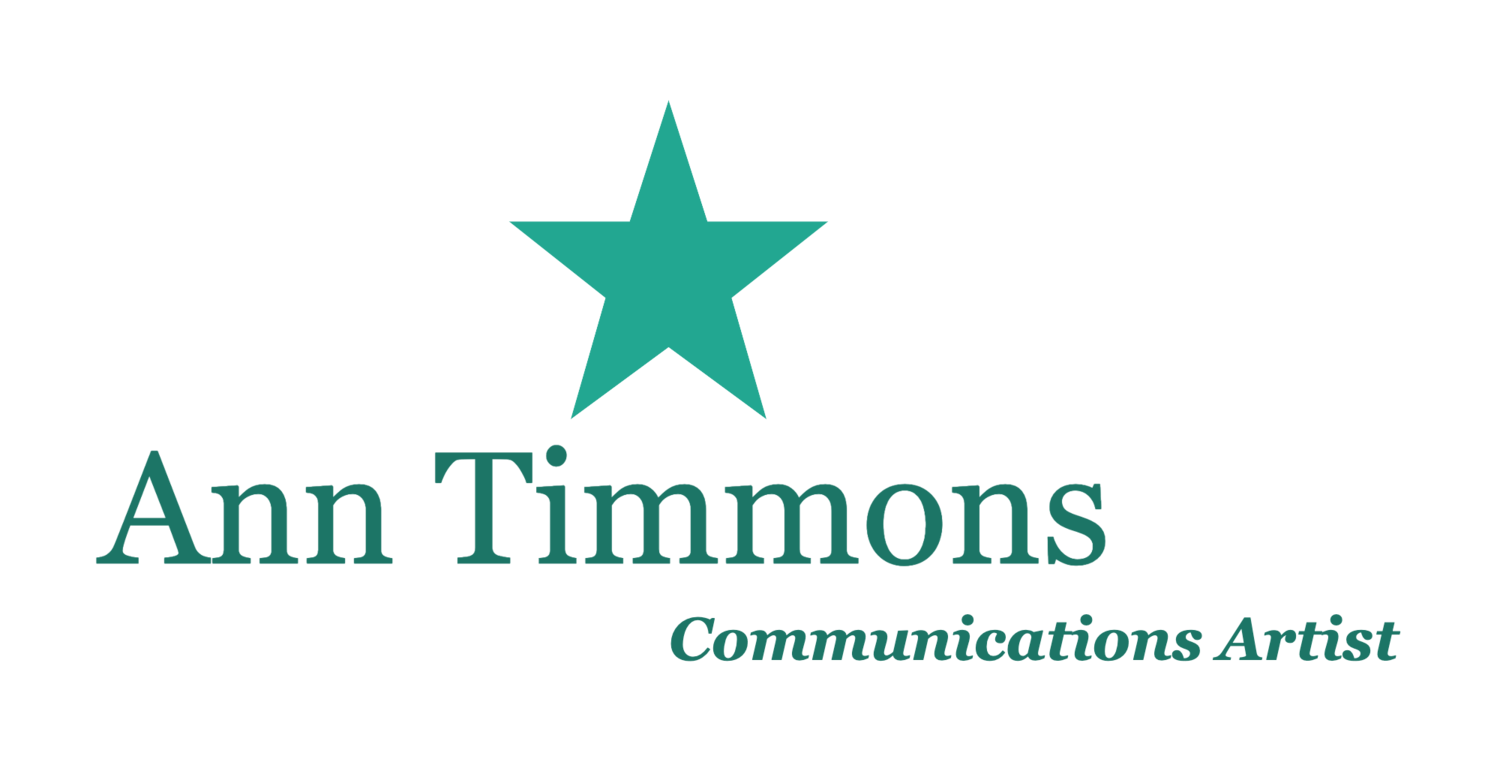I have been seeing ads for AI tools that are marketed as "public speaking coaches." Intrigued, I click to see what these programs do. Do they offer advice for more fluidity, better vocal variety, use of tone and pitch? Colorful vocabulary? Better visuals in your slide deck? No. They count: the number of "ums" and other filler words; your speaking speed; your volume level. "Giving you data so you can ace your next pitch."
Collecting data this way may be helpful, but as a Communications Artist I know that terrific public speaking and great professional communication is more art than science. Not to say science has nothing to do with it! Any current or former client of mine will tell you we talk a lot about anatomy and the physics of sound.
Since I always meet my clients where they are, I give rubrics to clients who feel the need to score their progress. And I also have assessment tools to share with clients' colleagues to record their improving communication.
But by far the most important yardstick you have, I tell my clients, is your own evaluation. My most frequent question to them after any exercise, meeting, or speech event is "how did you feel?" Because, let's face it, you can hit a presentation or pitch out of the ballpark, but if your meeting partners don't have the budget for it, or the timeline doesn't work, or….or…. You can't measure speaking "success" by whether you get exactly what you want at that particular moment. There are so many factors beyond your control. You have to focus on what you can do, which is present a clear message with confidence. With authentic presence.
This of course requires self-knowledge and trust in yourself. And in the process. My process is to share with clients tools that will help each of them. In all the years I have been doing this work, I have found many common problems and "pain points" when it comes to public speaking. And so I have developed trainings to address these. But I also know that our brains do not all work the same way, that we do not all bring the same lived experience into the room, and that we all have different goals and aspirations. So I offer best practices and exercises (based on speaking as a physical activity) that I learned in my actor training — and that apply to everyone.
But to really embrace an authentic presence and wear it comfortably, my clients need to do a fair amount of internal work. I have had a few who drop off at the point when they realize they can't "chart their way" to progress. I don't bring external measurement tools, so I can't give them a score. The toolkit I share is one I give to them — to use as much or as little as they wish. So that they can grow into their own success.


